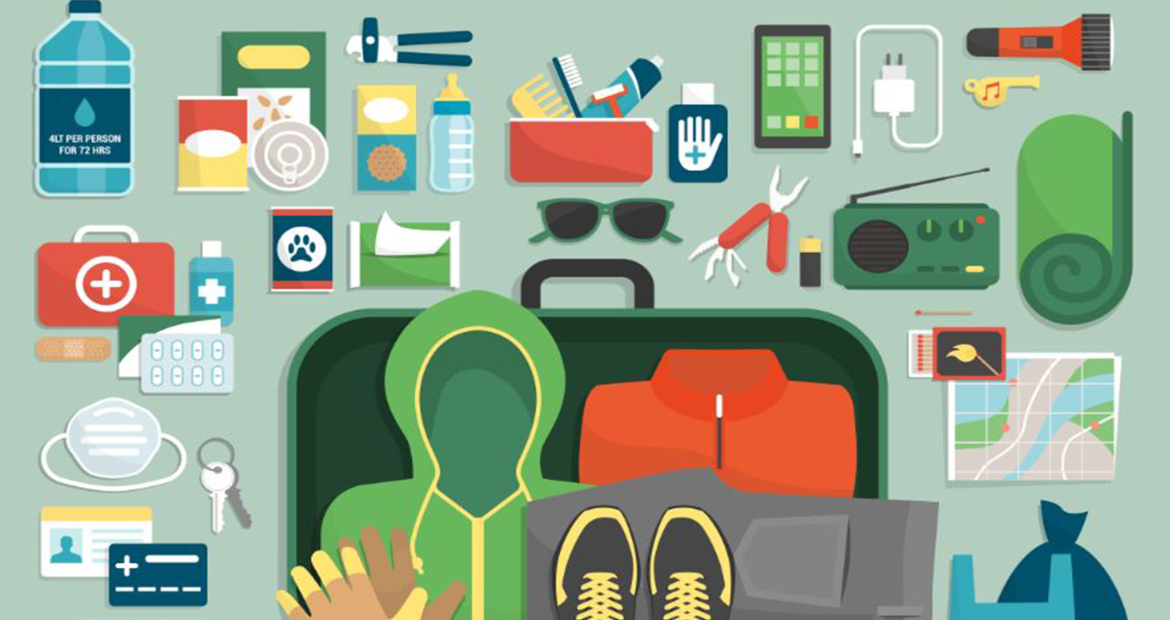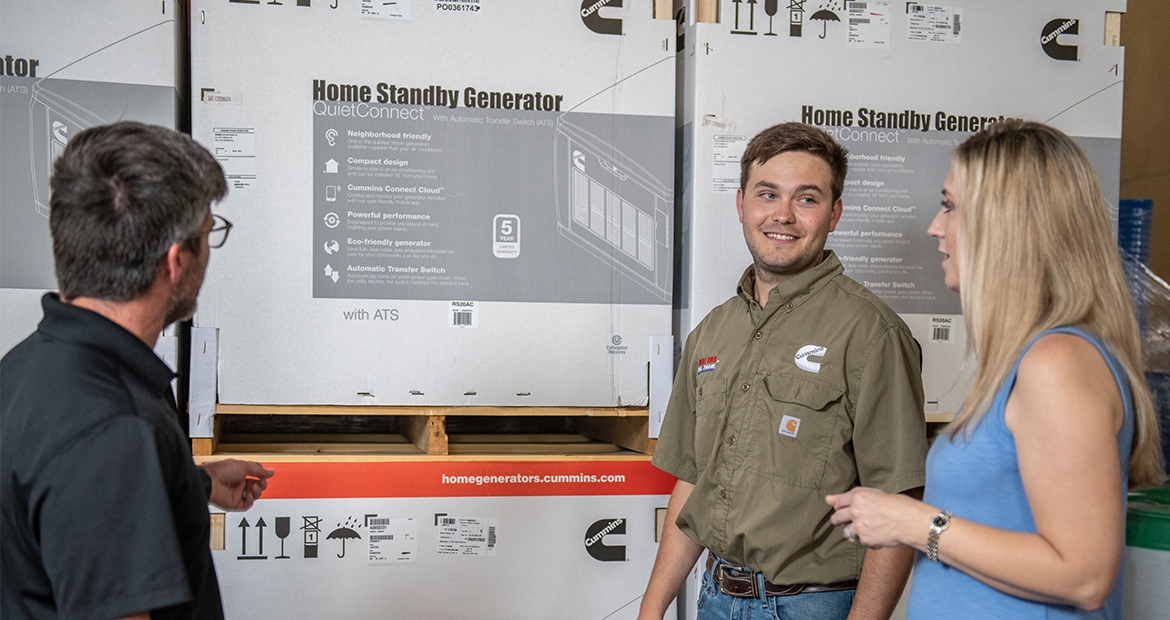Prepare for a power outage. Download the ultimate checklist.

Many families experience power outages. Preparedness is key to staying safe and comfortable during and after a power outage. Each family is unique and has different needs, making it difficult to find one power outage checklist for your family.
We want to make the power outage preparedness easier for your family, so we have compiled a list of power outage preparation items below. We have also categorized some of the tips based on whether your family includes children, pets or members with medical needs.
Download the ultimate power outage checklist and print it.
If you want to learn more about the power outage risks you face, check out how long is the power outages are in each state on average. You can also check weather events, disasters and power outages in your state.
Preparation for power outage part I: Before an outage
Safety checklist:
- Have enough nonperishable food and water. Have a manual can opener.
- Review the supplies that are available in case of no power.
- Install carbon monoxide detectors with battery backup in central locations on every level of your home.
- Create a disaster prep kit for each member of your family to ensure their safety and comfort during a power outage. A basic kit should include bottled water, non-perishable food and battery-powered flashlights.
- For peace of mind and no power interruption, consider purchasing a whole house generator. A whole house generator like the Cummins QuietConnect will automatically restore your power the moment it goes off.
Convenience checklist:
- Stock up on batteries and other alternatives to meet your needs when the power goes out.
- Take inventory of the items you need that rely on electricity.
- Have flashlights with extra batteries for every household member.
- Keep mobile phones and other electric equipment charged and gas tanks full.
- Weather is the leading cause of power outages in the U.S. Sign up for local weather to stay up-to-date on potential power outages.
Preparation for power outage part II: During an outage
Safety checklist:
- Stay away from any downed power lines or sparking equipment.
- Never use a gas stovetop or oven to heat your home.
- Consider avoiding the use of candles. This is due to the fire risk. Use extreme caution if you must use candles.
- Operate portable generators outdoors and at least 20 feet away from windows to avoid carbon monoxide poisoning.
Convenience checklist:
- Keep freezers and refrigerators closed. The refrigerator will keep food cold for about four hours. A full freezer will keep the temperature for about 48 hours.
- Use coolers with ice if necessary.
- Use a thermometer in the refrigerator and freezer so you can know the temperature when the power outage is over.
- Go to a community location with power if heat or cold is extreme.
Protecting your electronic devices:
- Turn off or disconnect appliances, equipment, or electronics. Power may return with momentary "surges" or "spikes" that can cause damage.
Preparation for power outage part III: After an outage
- Throw away any food that might be risky to consume. This includes food that has remained at temperatures 40 degrees or higher for two hours or more. Throw away food that has an unusual odor, color or texture.
- If the power is out for more than a day, consider discarding selected medication. This includes medication that needed refrigeration, unless the drug's label says otherwise. If a life depends on the refrigerated drugs, consult a doctor or pharmacist.
Live in a disaster prone area? Additional power outage preparation tips
- Check your insurance policy. Some traditional homeowner policies don’t cover disasters like flooding and earthquakes.
- Find out if you're in a flood zone. If so, take immediate steps to get flood insurance. Some policies typically take 30 days to go into effect.
- Prepare a disaster kit for each member of your household. This includes children and pets. A basic emergency prep kit should include bottled water, non-perishable food, batteries and a flashlight.
- Keep a mini prep kit in your child's backpack.
- Keep additional supplies in your car in case if you need to evacuate with short notice.
- Severe weather and power outages often come together. In fact, severe weather is the leading-cause of power-outages in the U.S. Have a plan for backup power. This is to ensure vital medical equipment and appliances like sump pumps stay on during a power outage.
Have pets? Additional power outage preparation tips
- Keep a photo of you and your pet together to prove ownership.
- Have your pets’ vaccinations records and rabies vaccination tag.
- If you plan to evacuate, know where you can take your pets.
- Keep extra food available for your pet.
Have a family member with medical needs? Additional outage preparation tips
- Talk to your medical provider about a power outage plan for medical devices powered by electricity and refrigerated medicines.
- Back-up medical necessities.
- Keep at least a two-week supply of medication on hand.
- Use an ID bracelet or a USB emergency ID band with important contact and medical information.
- Consider using a back-up power source to ensure vital medical equipment stay on during a power outage.
Have kids? Additional power outage preparation tips
- Prepare a mini emergency kit for school.
- Use an ID bracelet or a USB emergency ID band with important contact and medical information.
- Keep a favorite toy or security blanket with your family.
If you’re looking for further piece of mind, consider a power generator for your house. A whole house generator can provide backup power in case of an unexpected or planned power outage. Cummins home generators are extremely quiet, aesthetically pleasing and remotely accessible.


